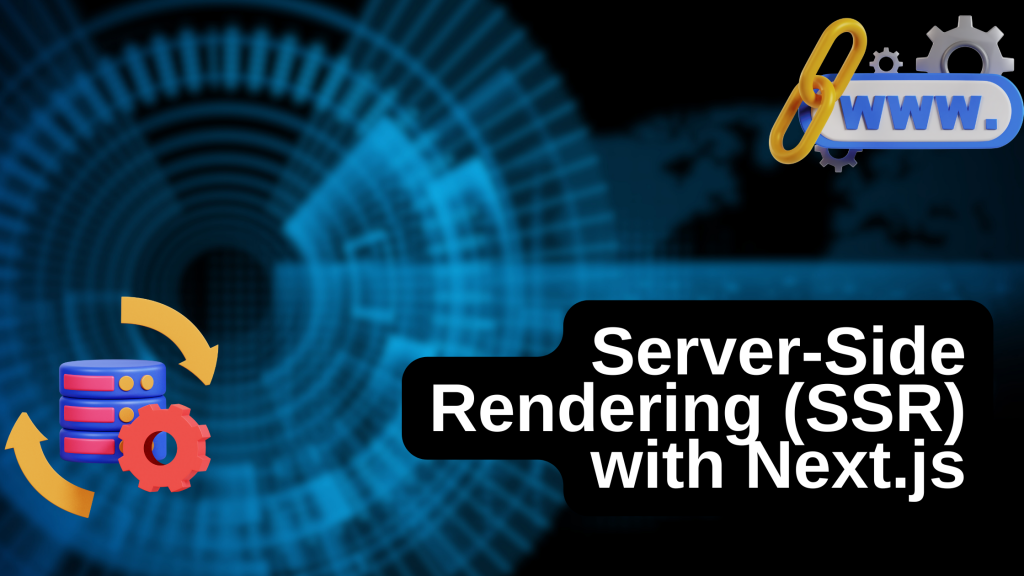A journey through the evolution of the web, and what every modern developer should learn from it.
The Early Web: When Everything Was Static
In the beginning, the web was… quiet.
The year was 1991, and websites looked more like online newspapers than apps.
Developers wrote everything in HTML, line by line, without CSS or JavaScript.
A page wasn’t something you interacted with, it was something you read.
If you wanted to change a line of text, you’d open the file, edit the code, and upload it again via FTP.
It was simple, but limited. Every new page meant a new .html file.
There was no dynamic content, no animations, no interactivity.
Yet, those early developers built the foundation of everything we do today.
The Breakthrough: CSS and JavaScript Arrive
By the late ’90s, two technologies changed everything:
- Cascading Style Sheets (CSS) – gave websites structure and style.
- JavaScript – added logic, movement, and interactivity.
Suddenly, the web wasn’t static anymore.
You could make dropdown menus, validate forms, and even change content without reloading the page.
Developers began experimenting. Websites went from plain text to animated chaos (remember those flashing “Under Construction” GIFs?).
It was messy, but it was progress.
The Rise of Dynamic Web Applications
Then came server-side languages — PHP, Python, Ruby, and later, Node.js.
This was the dawn of dynamic websites — where content could change based on user input or data from a database.
Instead of writing hundreds of static pages, developers created templates and content management systems (CMS).
That’s how platforms like WordPress (launched in 2003) revolutionized web development, giving both coders and non-coders the ability to build websites in hours instead of weeks.
The JavaScript Revolution: React, Vue, and SPAs
Fast-forward to the 2010s, and a new problem emerged: websites had grown too heavy and slow.
Developers needed better ways to manage complex, interactive pages.
Enter React (by Facebook), Angular (by Google), and Vue.js — libraries and frameworks that brought the concept of Single Page Applications (SPAs) to life.
Instead of reloading the page every time you clicked something, the browser updated content dynamically, just like a native app.
That’s how we got the smooth experiences we know today:
Netflix, Gmail, and Facebook all run on this principle.
The Real-World Shift: From Websites to Web Apps
At Cyclobold and across the industry, the biggest transformation has been thinking of the web not as pages, but as platforms.
A modern web developer is no longer just a designer or coder, they’re part of a full ecosystem that includes:
- Cloud deployment (AWS, Vercel, Netlify)
- API integration (REST, GraphQL)
- Performance optimization (Lighthouse, Core Web Vitals)
- Security and privacy best practices
Today’s websites are complex ecosystems, capable of running e-commerce, dashboards, AI tools, and even multiplayer games, all inside your browser.
A True Industry Example: Airbnb’s Frontend Transformation
In 2018, Airbnb engineers noticed that their website, though visually appealing, had grown too complex.
Every team used different frontend stacks, and changes became painfully slow to deploy.
Their solution?
They unified their frontend using React and TypeScript, building a single, reusable design system that allowed teams to move faster without breaking consistency.
The result was a 35% improvement in performance, a smoother developer workflow, and a user experience that scaled globally.
That story inspired hundreds of companies, from startups to giants, to adopt modern web frameworks and modular design systems.
What Developers Can Learn
The story of web development is really a story about adaptation.
Here are a few lessons every developer can take from it:
- Simplicity Scales:
Every generation of web tech starts simple, grows complex, and then gets simplified again.
Learn to build with clarity, not clutter. - Tools Change, Principles Don’t:
HTML, CSS, and JavaScript are still the core, no matter what fancy framework you use. - Performance Matters:
A beautiful design means nothing if your page takes 10 seconds to load. - Learn Continuously:
The web changes fast, but curiosity keeps you relevant.
Where We’re Headed Next
The next phase of web development is already unfolding:
- AI-assisted code generation
- Serverless functions and edge computing
- WebAssembly for near-native performance
- Progressive Web Apps (PWAs) replacing native apps
In other words, the future of the web isn’t just on screens, it’s in everything from your watch to your car dashboard.
Conclusion
Web development has come a long way, from static pages to dynamic, interactive, intelligent applications.
And while frameworks will come and go, one truth remains:
The best web developers aren’t defined by the tools they use, but by their ability to evolve with the web itself.



